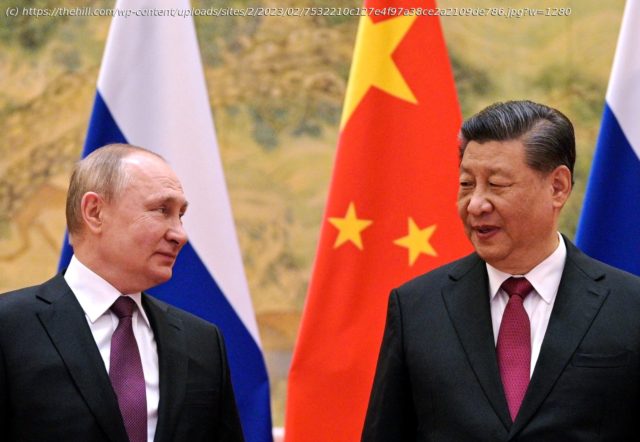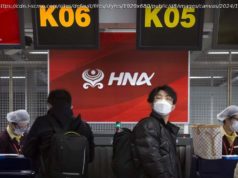Array
China’s so-called peace proposal in Ukraine demonstrates the degree to which Beijing and Moscow remain in full coordination. When combined with China’s possible arms transfers to Russia, and recent revelations of Chinese surveillance overflights within U.S. airspace, it becomes apparent that China believes the current war advances its interests — that is, that a Russian victory is entirely relevant to China’s strategy.
American policymakers should note China’s carefully calibrated language, intended to drive fissures between the U.S. and its Western European allies in the long term.
The Chinese proposal is not precisely disingenuous. It appears so at first blush, when China commits to “Respecting the sovereignty of all countries,” including “territorial integrity,” through the United Nations charter’s framing. Russia’s invasion in 2014 undeniably violated Ukrainian territorial integrity, as did its Feb. 24, 2022, invasion. However, China sidesteps defining borders; Ukraine’s “territorial integrity” changed with Russia’s annexation of the Crimea, Zaporizhzhia, Kherson and Donbas regions. China takes no position on Ukrainian or Russian borders, apart from vague gestures towards sovereign equality between states regardless of their power and wealth.
Yet it is the second clause in China’s plan that explains the first, and indeed all subsequent clauses in the document. China opposes a “cold war mentality,” specifically, a cold war “strengthening or expanding military blocs” through which states pursue “one’s own security at the cost of others’ security.” This is not targeted at Russia, as it might appear upon first reading. It is targeted at NATO, the Cold War’s first military bloc which predates the Warsaw Pact by more than six years.
NATO’s defining feature is its non-Eurasian nature. European, Asian and Middle Eastern powers have always made and broken alliances during strategic competition. Some of these alliances were truly Eurasian — medieval France, for example, forged alliances with the Abbasid Caliphate, the Mongol Empire and the Ottoman Sultanate at various points; the British allied with Japan in 1902, linking Eurasia’s two insular powers.
The Eurasian element, which the Chinese text employs, is critical. International competition has been Eurasian since around the 17th century; only Europe’s preponderance of power until 1945 disguises this fact. The objective of international rivalry is to control Eurasian trade, manipulating the relationship between Eurasia’s heartland productive capacities and its rimland maritime chokepoints.
The 20th century’s Cold War remained Eurasian. The focal point of U.S.-Soviet competition was Europe, and the stakes of strategic control were European, Middle Eastern and Asian.
Home
United States
USA — China China’s ‘peace plan’ for Ukraine is a Trojan horse for Beijing and...






